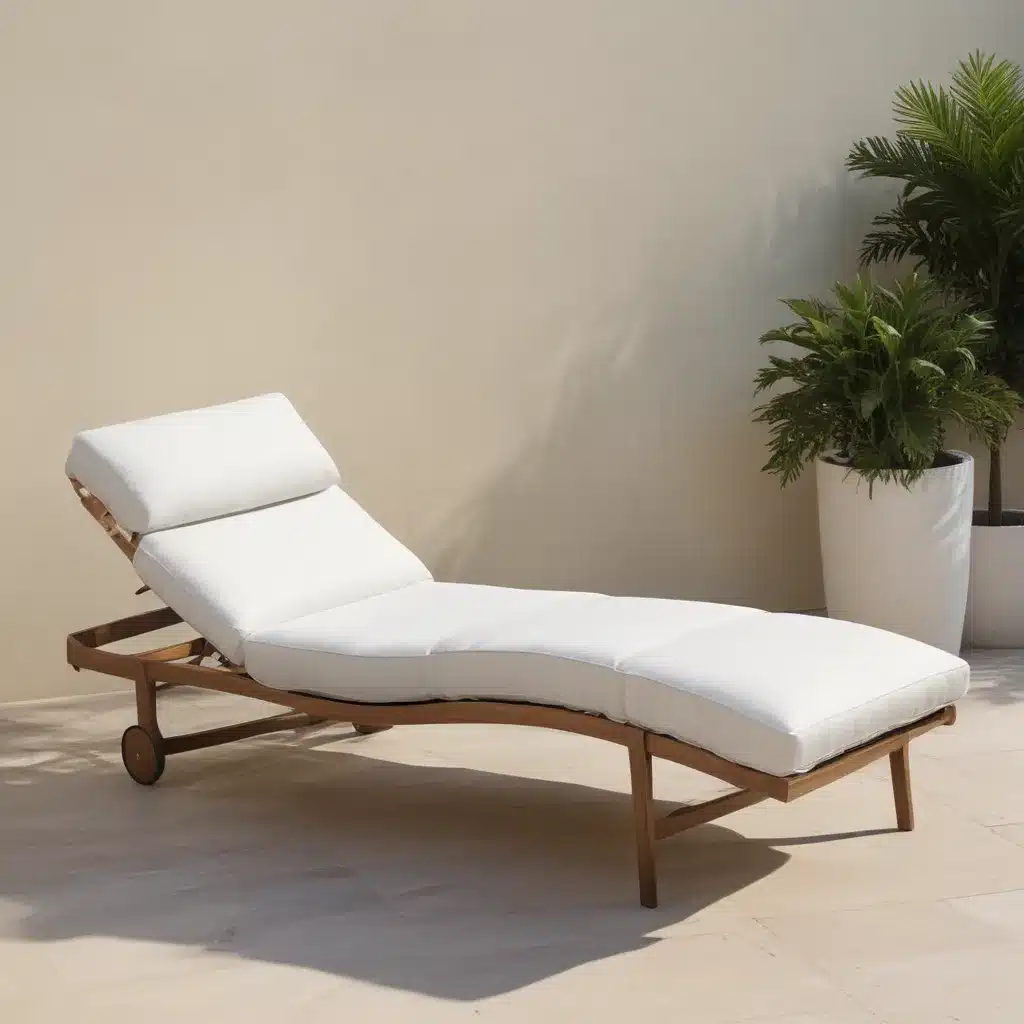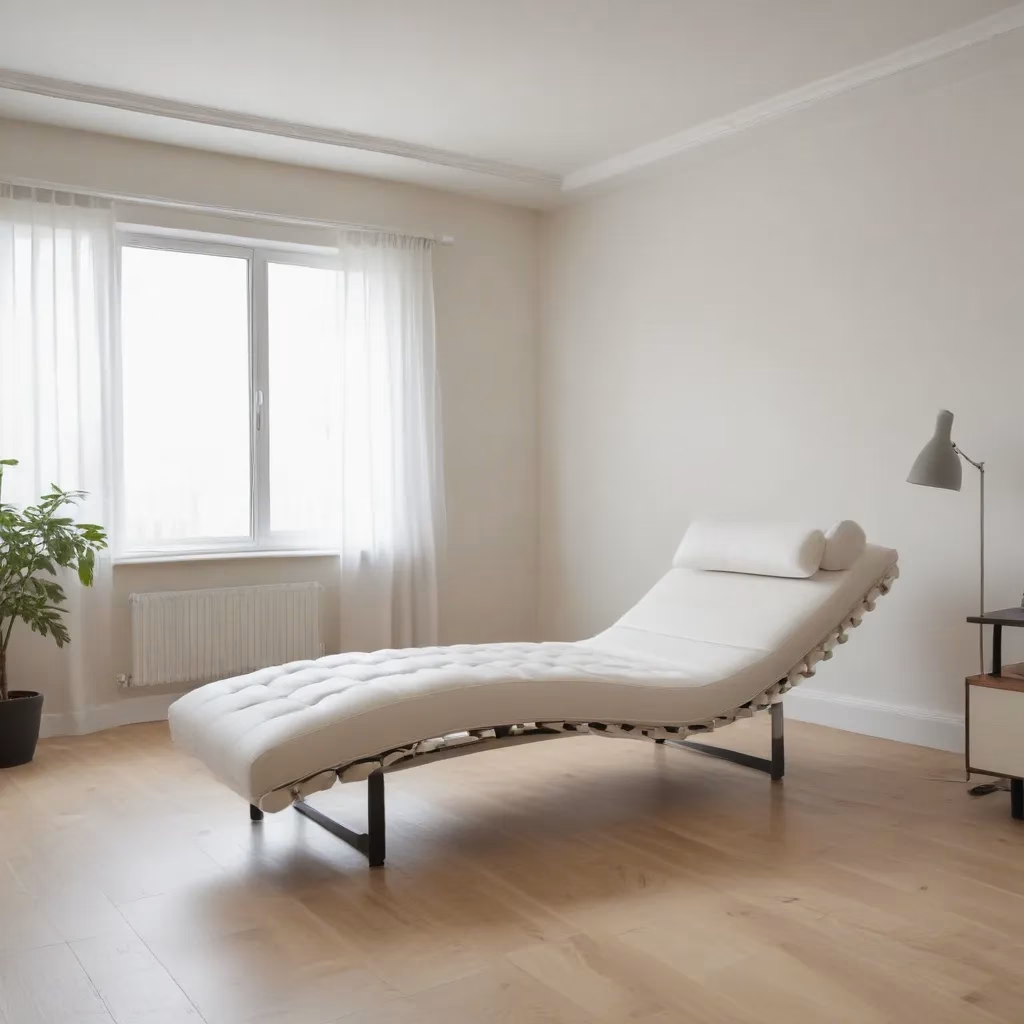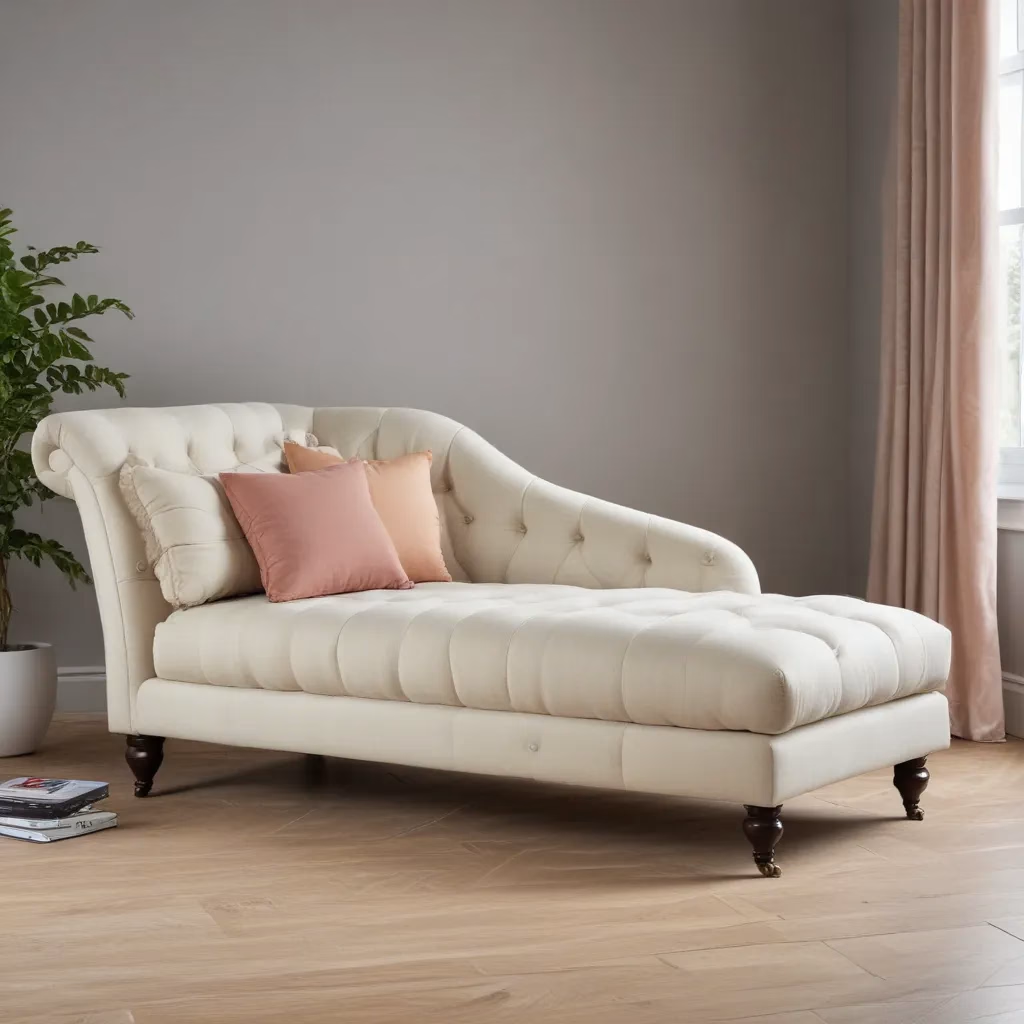Crafting the Perfect Seat: A Sofa-Making Journey
I’ll never forget the day I decided to take on the seemingly daunting task of building my own sofa. It all started when I moved into a new place – my first time as a homeowner (well, condo owner, but close enough). As I started furnishing the space, I quickly realized just how expensive a decent couch could be. Prices ranging from £600 to £2,000, and the designs I truly loved were often on the higher end of that spectrum.
That’s when the lightbulb went off – why not make my own sofa? As I dove into researching the process, I realized there wasn’t an abundance of resources out there explaining the whys and hows of sofa construction. You’d think in this age of DIY and online tutorials, there’d be more step-by-step guides, but alas, I could only find one, and it was from Australia.
Undeterred, I set out on my own sofa-making journey, determined to document the process so that others like me could benefit. Now, I may not have those fancy blueprints to share, but I’ve got plenty of insights, tips, and hard-earned lessons to pass along. So grab a cup of coffee, get comfy, and let’s dive into the world of custom chaise longue cushions.
The Traditional vs. Modern Sofa Showdown
Before we get into the nitty-gritty of sofa-making, let’s take a moment to discuss the two main approaches: traditional and modern. Traditional couches are those vintage, floral-clad beauties, often with intricate wood carvings or simply plain wood frames. In these designs, the cushions are built right into the fabric and springs, meaning that if the cushion or fabric breaks, the entire couch would likely need to be redone. Upholstering a traditional sofa also requires a fair bit of specialized skill.
The modern approach, on the other hand, is all about clean lines and that familiar sofa silhouette we all know and love. The key difference? The springs are separated from the cushions, allowing for easy replacement and customization. This was the route I decided to take – not only for the simplicity, but also because I lacked the upholstery chops to tackle a traditional masterpiece.
Beneath the Cushions: Unraveling the Support System
Now, let’s talk about what lies beneath those plush seat cushions. There are two main methods for providing that all-important support: webbing and springs. Webbing is the more budget-friendly option, involving a series of semi-elastic bands woven across a frame. While it may be the cheaper choice, it’s generally advised to steer clear, as webbing has a tendency to wear out and squeak over time.
The higher-end (and pricier) alternative is the eight-way, tied coil spring system. These evenly spaced coils are connected with high-quality twine, creating a sturdy, bouncy foundation that can withstand even the most enthusiastic of sofa jumpers. It’s the reason why a quality sofa can set you back £2,000 or more, but it’s also the reason why that couch will maintain its comfort and support for years to come.
In the end, I opted for the webbing approach, knowing that my sofa would likely see more casual use than intense jumping sessions. But for those of you with kids (or inner kids) who just can’t resist the occasional mid-movie bounce, the eight-way tied springs are definitely the way to go.
Sizing Up the Sofa: Measuring for Maximum Comfort
Alright, now that we’ve covered the fundamentals of sofa construction, let’s talk dimensions. A standard three-seater sofa generally measures around 85 inches long, 35 inches deep, and 35 inches high. But of course, these are just rough guidelines – the perfect size for your space will depend on a variety of factors.
One important consideration is the seat height. The most common range is 18 inches from the floor to the top of the cushion, but it can vary anywhere from 13 to 20 inches based on personal preference and the height of the users. You’ll also want to think about the seat depth, which typically falls between 20 and 21 inches, and the back height, which is usually around 15 inches.
And let’s not forget the all-important seat angle. Most experts recommend a 90-100 degree angle at the front for comfortable leg positioning, with the back angled around 5-15 degrees for that perfect balance of support and relaxation.
As for me, I decided to keep things simple and go with good old right angles. After all, a few well-placed cushions can work wonders in fine-tuning the comfort level.
Fabric Flair: Choosing the Perfect Upholstery
With the structural foundation sorted, it’s time to turn our attention to the finishing touch: the fabric. Now, I’ll admit, I’m not the world’s greatest seamstress, but I knew I wanted something soft and cozy, not leather. That’s where microfiber came in – it’s budget-friendly, relatively thin, and easy to work with, even for a novice like myself.
But before you start cutting and sewing, be sure to do your research on upholstery-specific fabrics. They tend to be thicker and sturdier than your average sewing material, so you’ll need to make sure your machine and needle are up to the task. Trust me, you don’t want to end up with a shredded mess.
Designing the Ideal Chaise Longue
With all the technical details out of the way, it was time to get creative and start designing my dream sofa. I spent countless hours scouring the internet for inspiration, sketching out various ideas, and refining the perfect look. You see, I knew I wanted a contemporary-style piece that would be modular and easy to transport, with clean lines and a hint of that effortless cool.
Oh, and did I mention I also wanted to incorporate a USB port? Because in this day and age, who doesn’t need a convenient spot to charge their devices while they lounge? After several rounds of revisions, I settled on a design that ticked all my boxes, and I couldn’t wait to bring it to life.
Building the Sturdy Frame
Armed with my detailed plans, it was time to tackle the construction. I started by carefully measuring and cutting the wood to size, double-checking and re-checking to ensure a perfect fit. When it came to the base, I opted for traditional mortise and tenon joints – a labor-intensive but incredibly sturdy choice that gave me a real sense of satisfaction as the pieces slotted together seamlessly.
For the rest of the sofa, I turned to trusty pocket screws, a more modern technique that’s just as strong, but a lot easier on the old hands and arms. Now, I may have gone a bit overboard with the stapling when it came to the webbing, but hey, better safe than sorry, right?
Crafting the Cushions
With the frame firmly in place, it was time to tackle the cushions – the pièce de résistance of any great sofa. I ordered six foam inserts, three for the seats and three for the backs, and let them decompress for a day (those vacuum-sealed packages can be tricky!).
While they were doing their thing, I got to work on the covers, carefully measuring out the fabric and sewing up those all-important seams. Now, I’ll admit, I made a bit of a miscalculation on the seat cushion dimensions, leaving them just a tad too small. But a little compression magic with the ol’ vacuum cleaner, and voila – a snug, perfect fit.
The Final Touch: Staining and Sealing
With the cushions in place, it was time for the finishing touches. I fired up the stain and sealer, applying a single coat to give the wood that gorgeous, clean look I was going for. And just like that, my custom chaise longue was complete – well, almost.
No self-respecting sofa is complete without a few accent pillows, so I whipped up a trio in shades of blue to complement the walls. And let me tell you, after the hours of painstaking work I’d put in, those little cushions felt like a breeze to create.
Reflections on the Sofa-Making Journey
As I sit back and admire my handiwork, I can’t help but marvel at the amount of time and effort that goes into crafting a quality sofa. It’s no wonder the good ones come with such hefty price tags! But you know what they say – if you want something done right, you’ve got to do it yourself.
Sure, there were a few hiccups along the way, from miscalculated measurements to sore muscles from all that stapling. But the sense of accomplishment I feel is truly priceless. And who knows, maybe I’ll even tackle a coffee table next, now that I’ve got the tools and the skills (well, some of them, at least).
So, if you’re feeling inspired and up for a challenge, I say go for it! Just be prepared to invest a significant amount of time and energy. And hey, if it all gets to be a bit much, there’s always Sofa Spectacular – your one-stop shop for custom chaise longue cushions and more. Happy designing!




